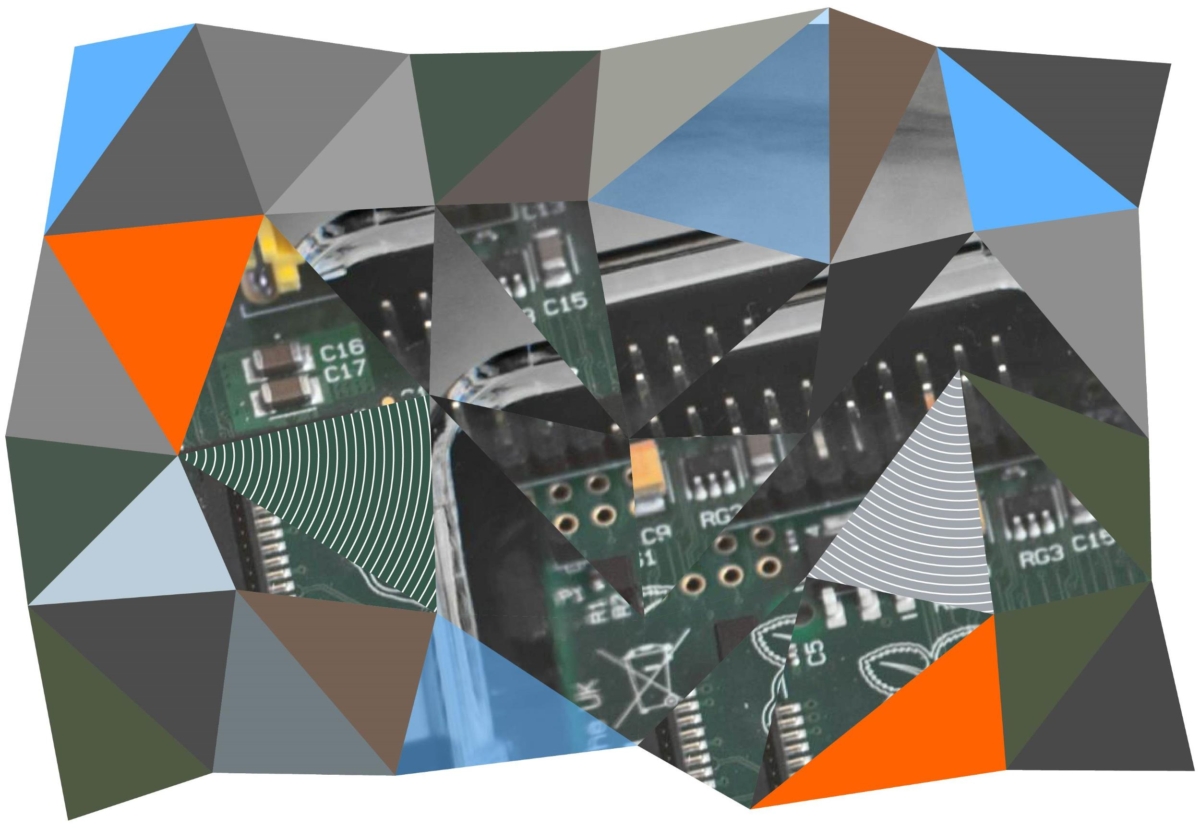In the fascinating world of nanotechnology, precision is key. Think of laser beams of light that can do amazing things like scan barcodes or read DVDs. Now imagine a similar tool, but on a tiny scale – focused ion beams (FIBs). These microscopic tools allow scientists to look at and change things at the smallest possible level, like working with atoms.
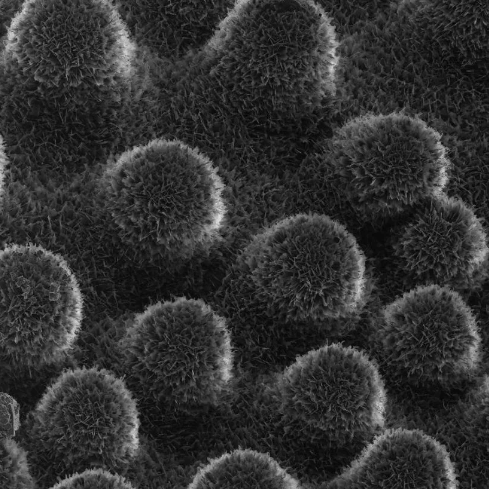
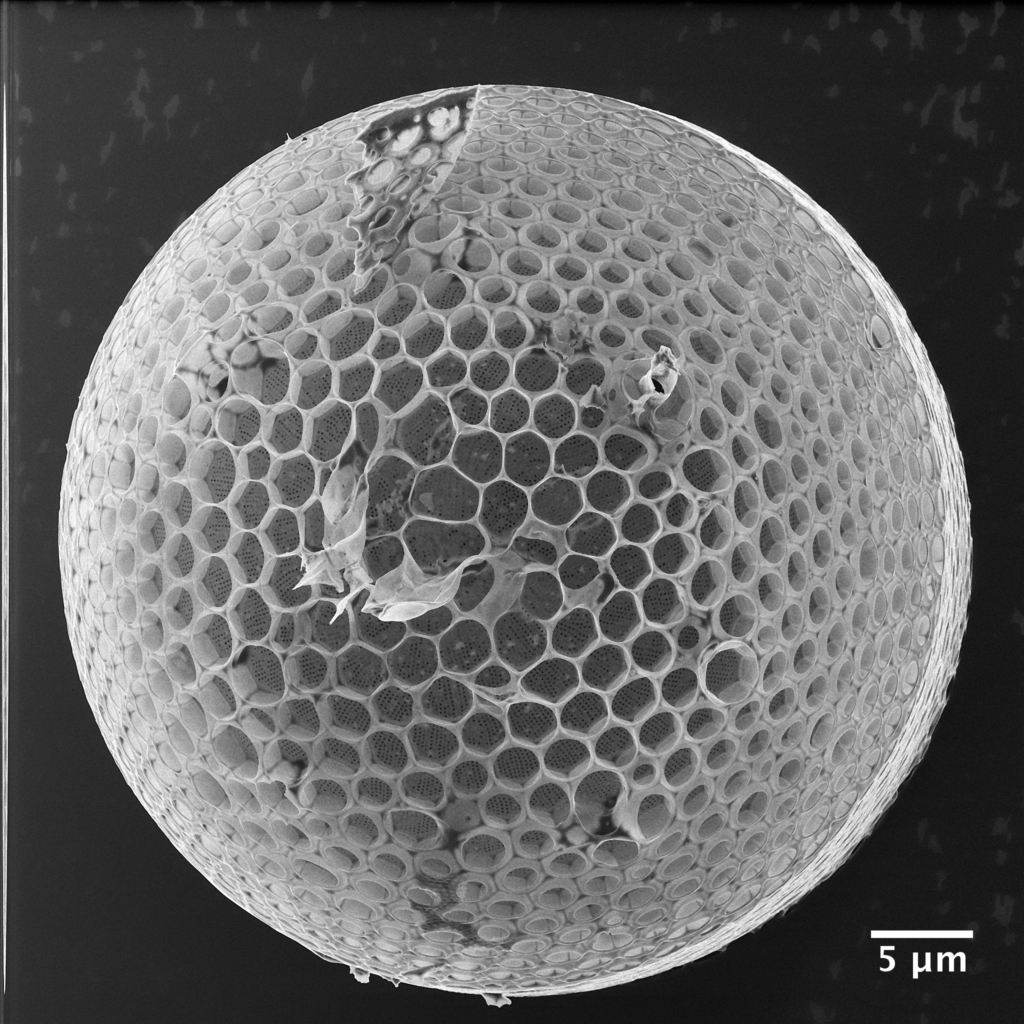
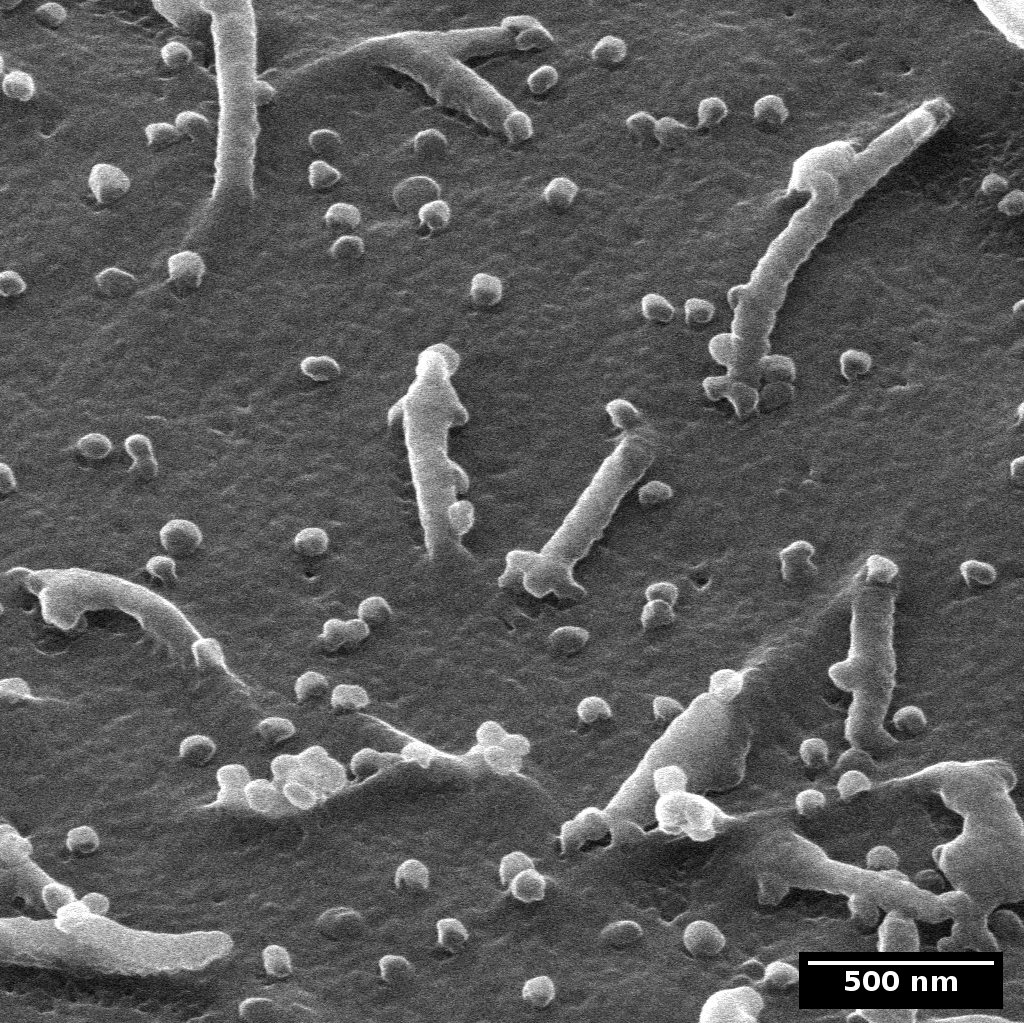
©UFZ
The Focused Ion Technology for Nanomaterials (FIT4NANO) COST Action is a European research initiative focused on ion beam-based nanotechnology. Dr Gregor Hlawacek from Helmholtz Zentrum Dresden Rossendorf, Chair of FIT4NANO, explains the objectives of the Action and its achievements during its three years of operation.
What is FIT4NANO?
The COST Action FIT4NANO acts as a hub, bringing together researchers and industry to unlock the potential of ion beam-based nanotechnology. By bridging established FIB applications with emerging frontiers, FIT4NANO is driving scientific progress towards practical applications beyond conventional uses.
“It is often overlooked that the initial interest in the underlying physics of FIBs was driven by the need for space flight,” explains Dr Hlawacek, Chair of FIT4NANO. Small satellites use similar technology to precisely control their position in orbit, highlighting the versatility of the source technology used in FIBs. “FIBs are like a Swiss army knife for nanotechnology”, continues Gregor Hlawacek, “They provide a versatile toolkit for analysing and manipulating structures and properties at the smallest scale.“
However, this versatility often goes unnoticed. According to the Chair, “Even scientists in related fields are not aware that many more ions can be used in FIBs than is generally known“.
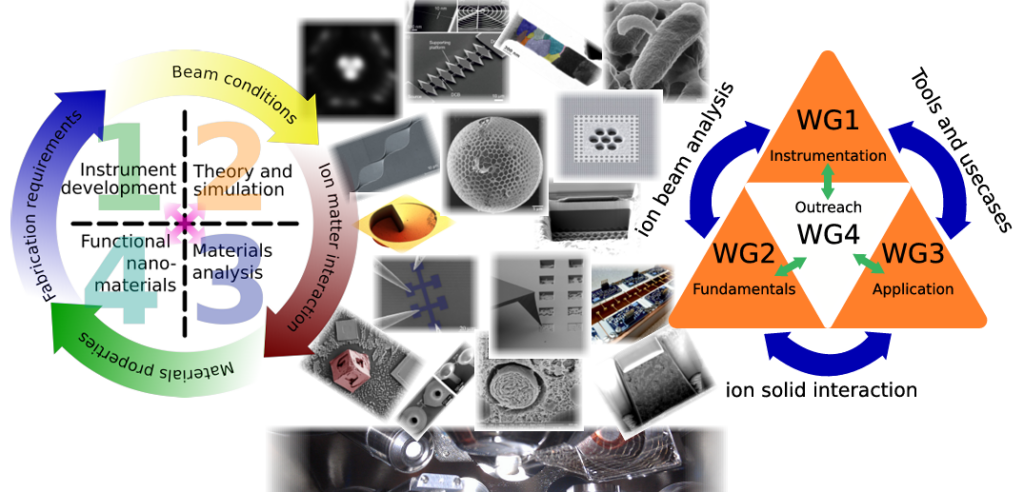
Applications that shape our future
FIT4NANO demonstrates the untapped potential of FIBs in a variety of fields to transform industries and improve our daily lives. FIBs have immense potential, with applications ranging from cancer-fighting particles to energy-efficient microprocessors and long-lasting batteries.
In the semiconductor industry, for example, focused ion beams (FIBs) play a critical role in analysing and troubleshooting integrated circuits (ICs). As a result, we have more robust electronic devices such as smartphones, laptops and appliances. In addition, semiconductors are becoming even more important as the automotive industry moves towards electric vehicles, controlling engines, managing battery systems and facilitating vehicle operation.
Beyond electronics, nanoscale properties affect a wide range of everyday materials. FIBs contribute to nanotoxicology research, exploring how nanoparticles interact with cells and helping to develop safer products and medicines. Nanoscale additives improve the texture, stability and shelf life of food, while in cosmetics nanoparticles provide information on potential toxicity, improving product safety. For example, some compounds previously used in sunscreens were found to cause long-term health problems, leading to their removal from sunscreen formulations.
In addition, emerging focused ion beam technology is driving advances in quantum technologies, promising breakthroughs in secure communications, ultra-precise sensors and quantum computing.
These examples and many more are discussed in the Action’s recently published Roadmap for Focused ion beams.
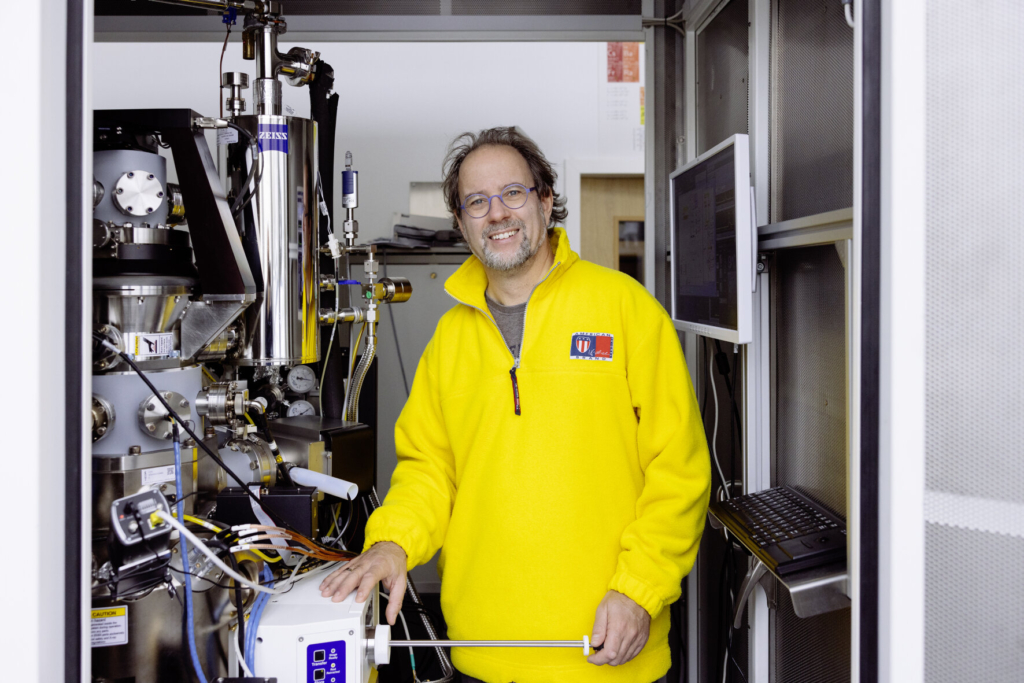
“FIT4NANO was a rewarding experience. It has enriched my perspective and allowed me to contribute to advances that will shape our future”.
Dr Gregor Hlawacek, Chair of FIT4NANO
Action role and collaborative efforts
FIT4NANO’s mission goes beyond research – it fosters collaboration between academia, industry and society. Through initiatives such as the Roadmap for Focused ion beams, FIT4NANO provides a comprehensive overview of the current state of the field and highlights potential applications. This roadmap serves as a valuable resource for educating the public about the benefits of nanotechnology, FIB techniques, and the evolving landscape of nanomaterials impacting everyday life. In addition, the case study section provides tangible examples of nanotechnology in action.
Gregor Hlawacek underlines the importance of COST STSMs and their role in fostering links between different groups. These short visits between laboratories have catalysed numerous funded projects and fostered collaboration between previously disparate researchers and companies. In addition, commercial partners have used these Action meetings to showcase their production and forge new partnerships, taking advantage of the breadth and depth of the network.
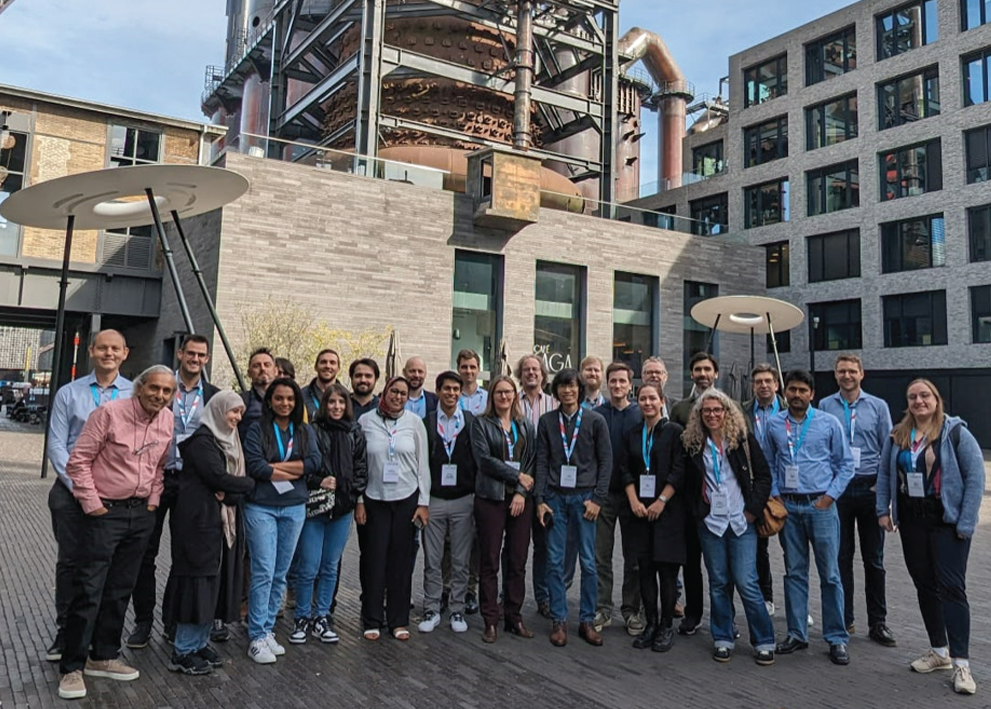
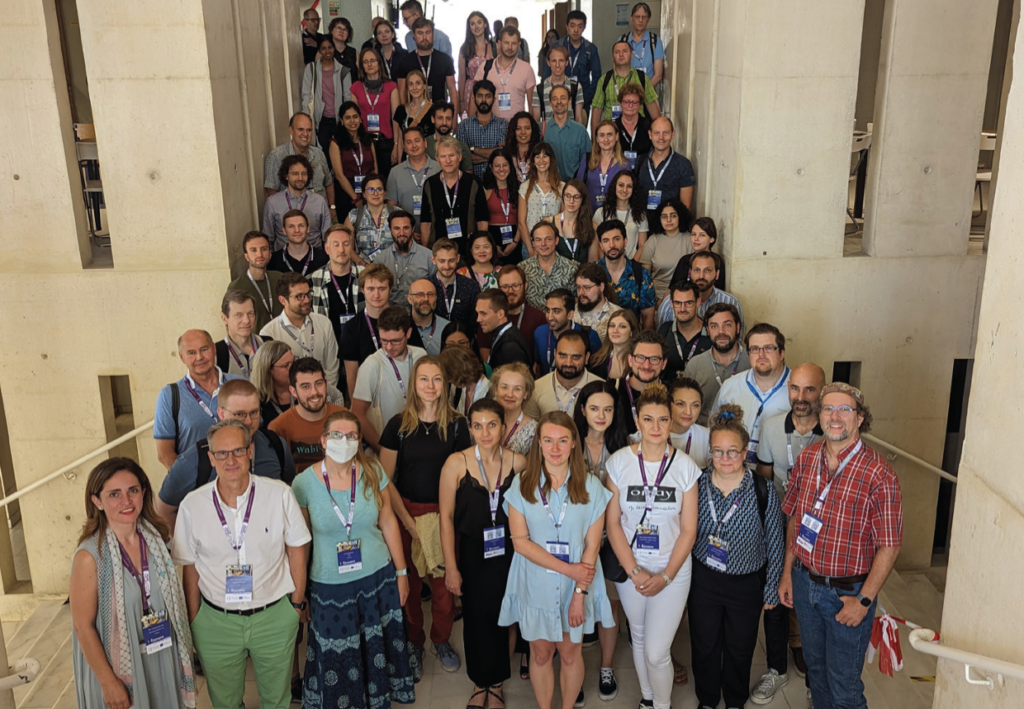
Personal experience of the Chair
Reflecting on the Action’s three-year journey, “one of the most memorable and impactful moments was the Action first in-person meeting, held during the challenges of the pandemic“, says Gregor Hlawacek, “the gathering of over 100 participants demonstrated the resilience of our team and underlined the value of face-to-face interaction, leaving a lasting impact on the momentum of the project“.
“I have gained some new insights and made valuable contacts that I would not have been able to make without this COST Action“, continues Gregor. “It required me to do more research on the topic. FIT4NANO was a rewarding experience. It has enriched my perspective and allowed me to contribute to advances that will shape our future,” concludes Dr Hlawacek.
In short, FIT4NANO’s legacy extends far beyond the laboratory – it’s a testament to the power of collaboration, innovation and the transformative potential of nanotechnology.
Additional information
View the Action webpage
Discover the Network website

